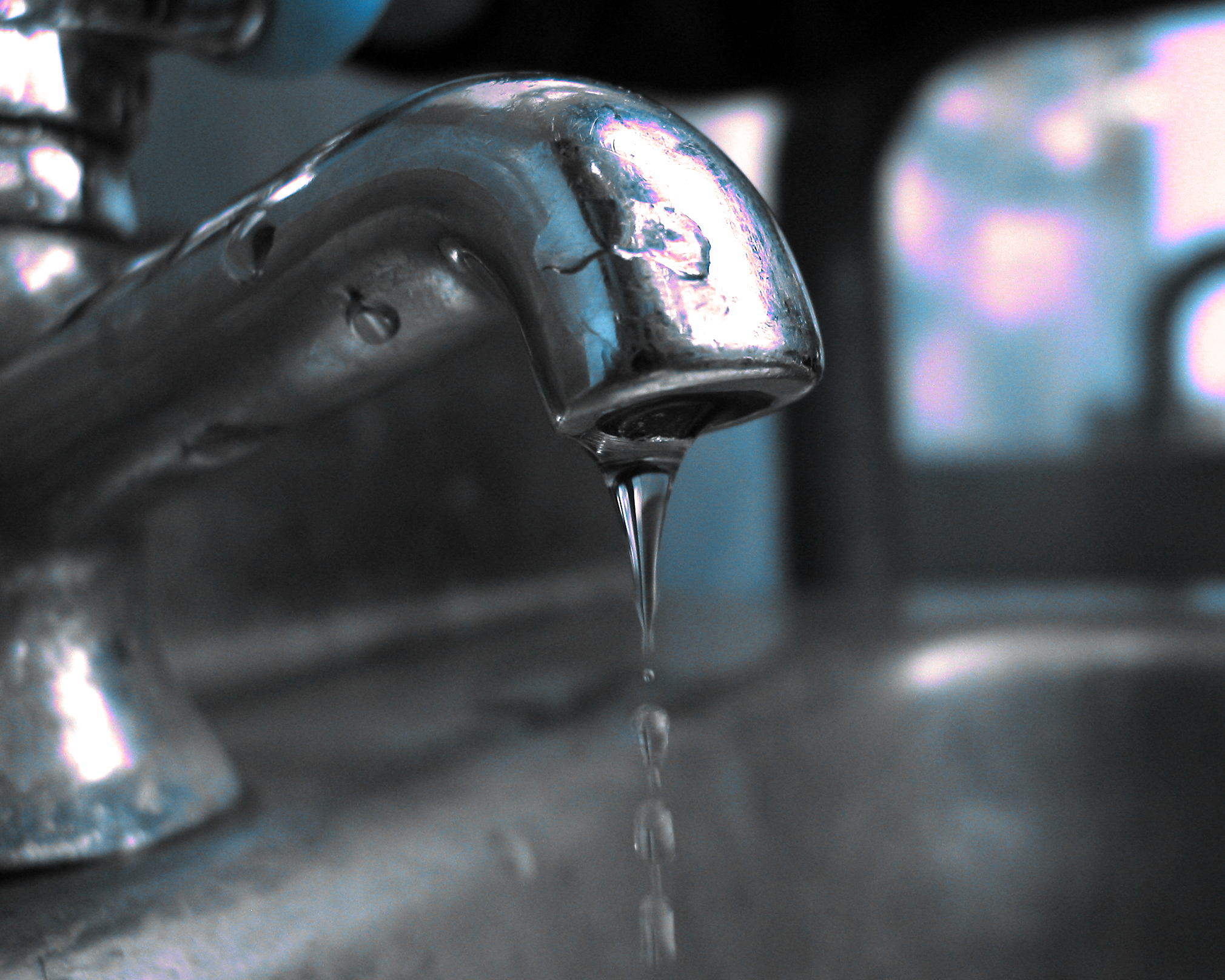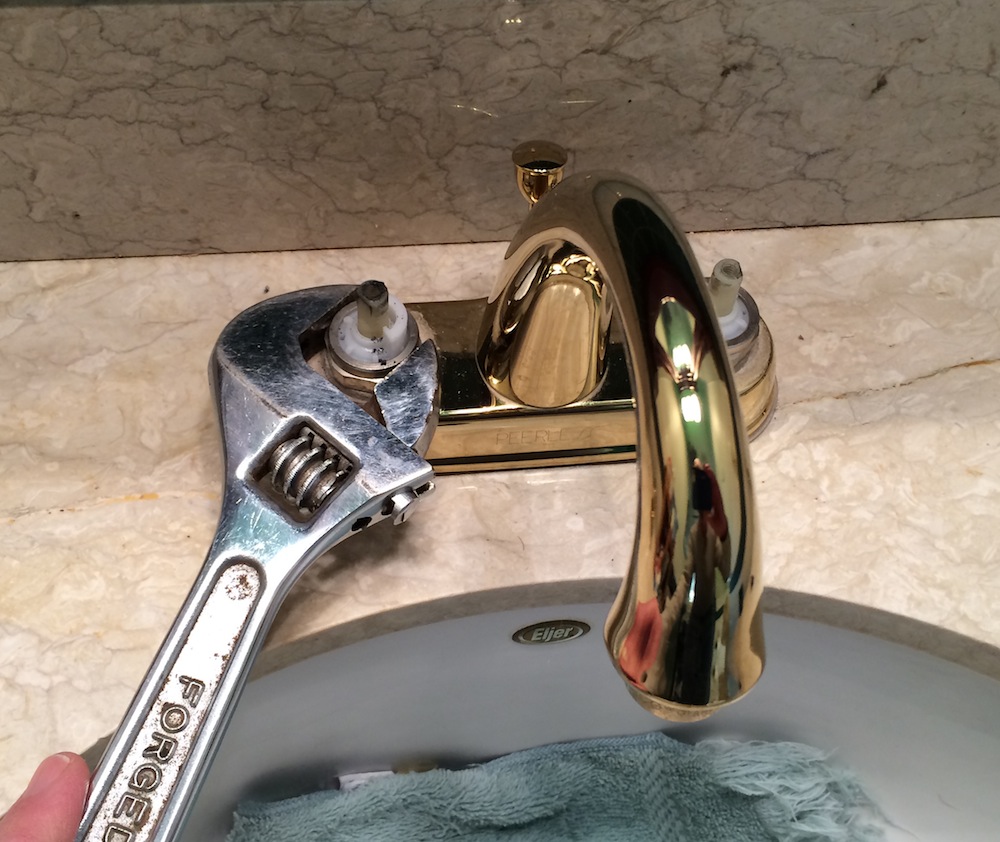An Merits of Repairing a Leaking Faucet
An Merits of Repairing a Leaking Faucet
Blog Article
We have found this post about Should I Repair or Replace a Leaky Faucet? below on the internet and felt it made sense to talk about it with you over here.

Trickling taps could feel like a small trouble, yet their effect surpasses just the nuisance of the noise. From wasting water to incurring unnecessary financial costs and wellness dangers, disregarding a dripping faucet can bring about different consequences. In this article, we'll look into why it's vital to address this usual family issue immediately and efficiently.
Wastefulness of Water
Environmental Influence
Dripping taps contribute significantly to water waste. According to the Epa (EPA), a single faucet leaking at one drip per secondly can throw away more than 3,000 gallons of water annually. This not just stress water sources yet likewise influences ecosystems and wild animals depending on them.
Financial Costs
Boosted Water Costs
Past the environmental impact, leaking taps can inflate water expenses significantly. The gathered wastefulness over time translates into higher utility expenses, which could have been stayed clear of with prompt repairs.
Possible Residential Or Commercial Property Damage
Additionally, prolonged trickling can lead to harm to fixtures and surface areas surrounding the faucet. Water buildup can cause discoloration, rust, and even architectural problems if left unattended, causing extra repair work costs.
Wellness Worries
Mold and Mold Growth
The consistent presence of dampness from a leaking tap produces an ideal setting for mold and mildew development. These fungi not only endanger indoor air top quality however also position wellness risks, especially for people with breathing problems or allergies.
Waterborne Diseases
Stagnant water in leaking taps can come to be a breeding ground for microorganisms and various other pathogens, increasing the risk of waterborne illness. Pollutants such as Legionella germs prosper in stagnant water, possibly causing severe health problems when consumed or breathed in.
Do it yourself vs. Expert Repair service
Benefits and drawbacks of Do It Yourself Fixing
While some may try to fix a leaking tap themselves, DIY repair work feature their very own set of difficulties. Without appropriate expertise and devices, DIY attempts can worsen the problem or bring about insufficient repairs, prolonging the issue.
Advantages of Working With a Specialist Plumber
Working with a specialist plumber makes certain that the underlying source of the trickling faucet is addressed effectively. Plumbers have the expertise and tools to detect and fix tap problems efficiently, conserving time and lessening the danger of more damage.
Step-by-Step Guide to Repairing a Dripping Faucet
Tools Required
Prior to trying to deal with a dripping faucet, gather the required tools, including an adjustable wrench, screwdrivers, replacement parts (such as washers or cartridges), and plumber's tape.
Usual Tap Issues and Their Solutions
Recognize the kind of faucet and the specific concern creating the drip. Typical problems include worn-out washing machines, corroded shutoff seats, or damaged O-rings. Describe producer instructions or on-line tutorials for step-by-step guidance on fixings.
Preventive Measures
Routine Maintenance Tips
To avoid dripping taps, perform regular maintenance such as cleaning up aerators, inspecting for leaks, and changing worn-out parts quickly. In addition, consider mounting water-saving tools or upgrading to a lot more reliable fixtures.
Significance of Prompt Fixes
Addressing leaking taps as quickly as they're seen stops more water wastefulness and prospective damage, inevitably saving both water and money in the future.
Effect On Home Value
Understanding of Well-Maintained Home
Maintaining a property in good condition, consisting of addressing maintenance problems like leaking taps, enhances its viewed worth and value amongst possible buyers or renters.
Impact on Resale Worth
Residences with properly maintained plumbing components, including faucets, command higher resale values in the realty market. Attending to trickling taps can add to a positive impact during home assessments and arrangements.
Ecological Duty
Private Contribution to Conservation
Taking duty for repairing trickling faucets aligns with broader efforts toward water conservation and environmental sustainability. Every person's activities jointly make a considerable effect on protecting precious sources.
Lasting Living Practices
By prioritizing prompt fixings and embracing water-saving practices, individuals add to sustainable living techniques that benefit both present and future generations.
Verdict
Dealing with a leaking tap exceeds mere comfort; it's a vital step toward preserving water, decreasing economic costs, and guarding health and building. Whether with DIY repair work or specialist assistance, acting to deal with dripping faucets is a little yet impactful method to advertise liable stewardship of resources and contribute to a healthier, a lot more lasting future.
How to Fix a Leaky Faucet: Step-by-Step Repair Guide
A leaky faucet may seem like a simple annoyance, but if it's not fixed promptly, that leak could cost hundreds to potentially thousands. From water damage to mold, mildew, and high water bills, even a tiny leak can be catastrophic if left unattended. Damage like this can even affect the overall value of your home, so it's important to take the right approach for leaky faucet repair. You may need the help of a plumber in some cases, but we've got a few tips you can try on how to fix a leaky faucet before calling the pros.
Four Faucet Types
When you're learning how to fix a leaky faucet, the first step is knowing what kind of faucet you're working with! There are four common types.
Cartridge Faucets
Cartridge faucets come in one- or two-handled varieties. In one-handled cartridge faucets, hot and cold water combines in a single cartridge. In the two-handled versions, hot and cold water are controlled separately and mixed in the faucet.
Ball Faucets
Ball faucets have a single lever you push up and down to adjust the pressure and rotate to change the temperature. A slotted metal ball controls the amount of water allowed into the spout.
Compression Washer Faucets
They're the oldest type of faucet, but they're still used in many homes — especially older ones. Compression faucets have two separate handles that, when turned, raise or lower the washer that seals a water valve. This valve stops water from flowing through the faucet when it is turned off.
Disc Faucets
Disc faucets rarely need to be repaired due to their maintenance-free design. The water flow is controlled by two discs — the upper one raises and lowers against a fixed lower disc, creating a watertight seal. If your disc faucet starts leaking, you may need to replace the seals or clean residue buildup from the inlets.
Fixing a Leaky Faucet
Step 1: Turn Off the Water
Whether you're learning how to fix a leaky bathtub faucet or how to fix a leaky kitchen faucet, always turn off the water supply to your working area when you're fixing a leak. The last thing you want is a flood added to your list of things to fix.
Look for the shutoff valves below your sink or around the tub and turn them clockwise to stop the water flow. If your faucet doesn't have shutoff valves, you may need to turn off the water for the whole house. Check to make sure it's off by turning the faucet on. If nothing comes out, you're ready to start the repair.
Step 2: Take Apart the Faucet
How you disassemble your faucet depends on the type of fixture you have. You can use a flathead screwdriver to remove the caps on top of the handle or handles for cartridge and compression faucets. Inside, you should see handle screws. Unscrew these with a screwdriver to remove the handle.
Disc- and ball-style faucets will typically have an inlet screw near the handle, and removing that will reveal the interior of the faucet.
Detach the Valve Stem
For cartridge- and compression-style faucets, you'll see the inner valve stem or cartridge once you remove the faucet handles. If you have a compression faucet, unscrew the brass valve stem. If you have a cartridge faucet, pull out the cartridge. If your cartridge has been in place for a while, it may require some tools or extra force to remove it due to mineral deposits.
Examine and Replace Parts
Once you've removed the parts, check them out to confirm what needs to be replaced. You may see corroded rubber washers, O-rings, stems, or cartridges. On a ball-style faucet, check the seats and springs for damage.
If you need to repair a leaky disc faucet, check the inlet and seals on the lower disc.
Once you determine what parts must be replaced, visit your local hardware store. Bring the damaged parts with you to ensure you can purchase the correct components to replace them.
Clean Valves and Faucet Cavity
If you've removed a stem or cartridge, you may notice mineral buildup in the faucet's threads. Use white vinegar to clean the valve seat by soaking it for a few minutes, then scrub it away with a soft toothbrush and rinse with warm water. You can also clean the interior of the faucet in the same way.
Reassemble the Faucet
Once your faucet is cleaned and the required parts have been replaced, it's time to reassemble it. Put the pieces back together and slowly turn the water supply back on. Doing this slowly is crucial because too much initial water pressure can damage the new hardware you've just installed.
https://homewarranty.firstam.com/blog/how-to-fix-leaky-faucet

I came across that post on How to Fix a Dripping or Leaky Faucet when surfing the internet. So long as you liked our blog posting if you please do not forget to pass it around. Thanks for taking the time to read it.
Report this page